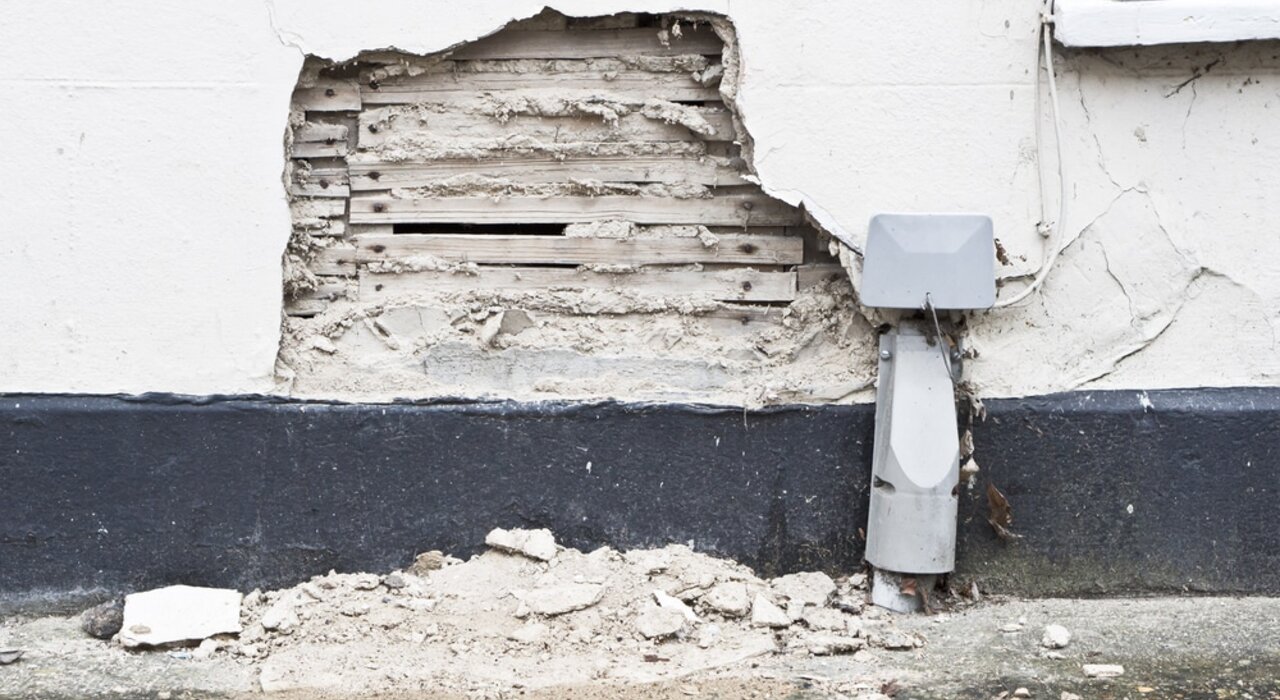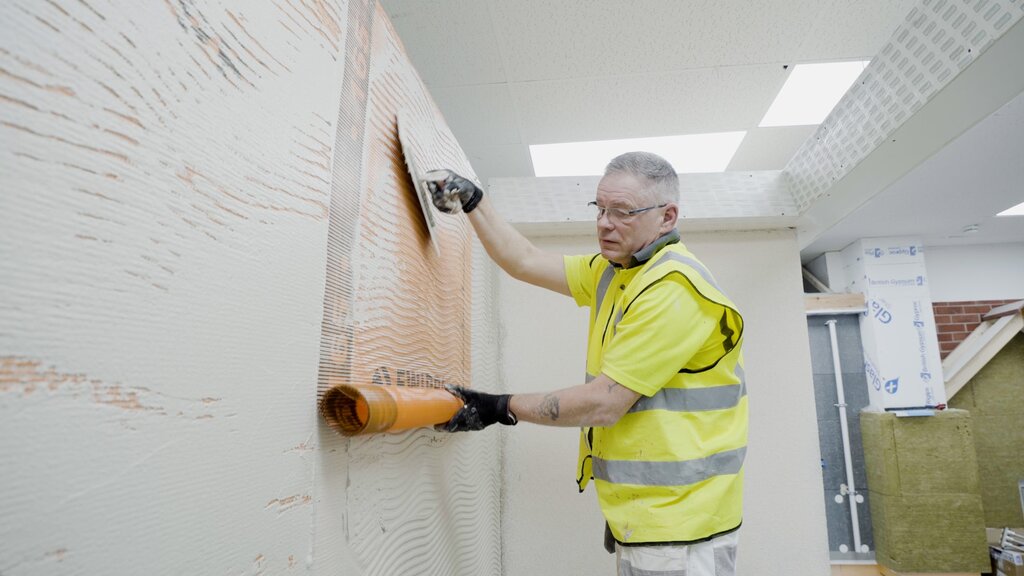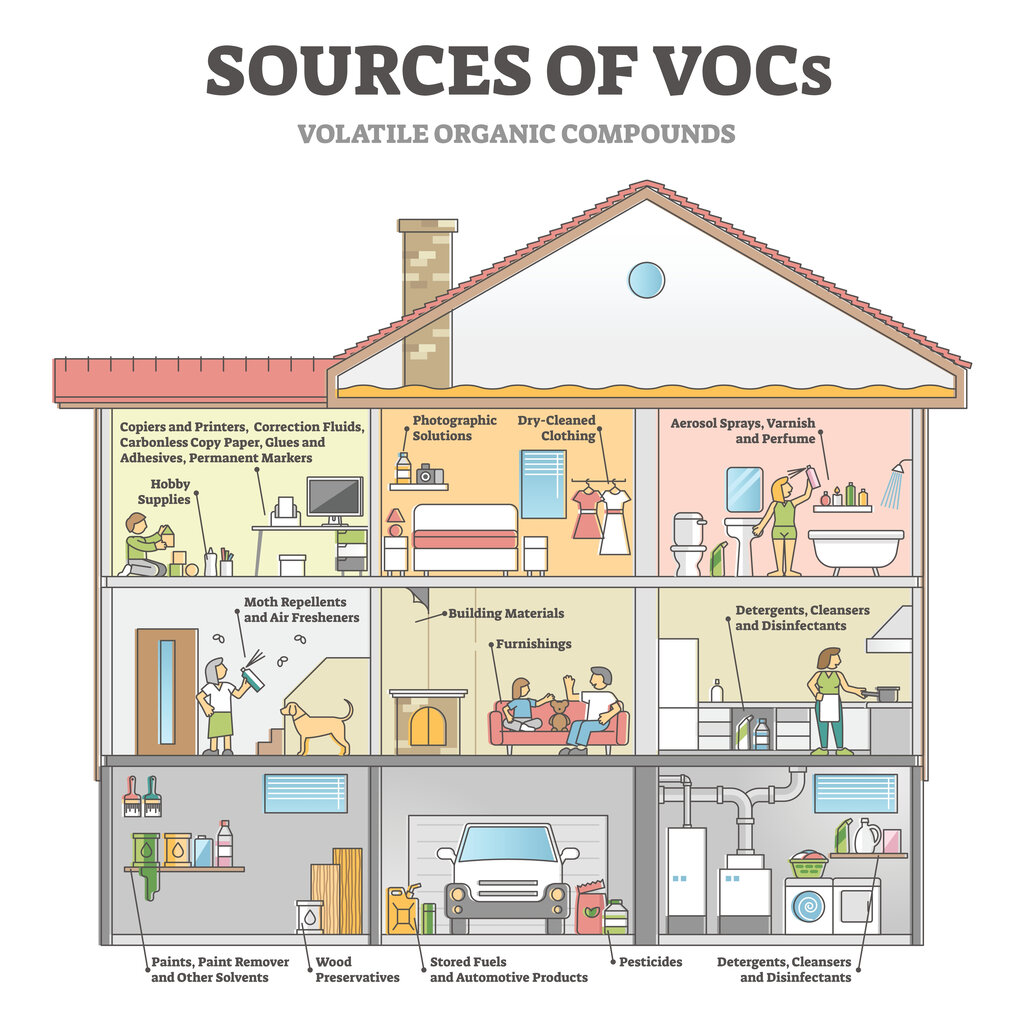
- Common Reasons for failed EWI projects
- 1. Inadequate Surface Preparation
- 2. Using Incorrect Materials
- 3. Poor Installation Techniques
- 4. Neglecting Proper Moisture Management
- 5. Skimping on Fixings and Reinforcements
- Impact of Failed EWI Projects
- 1. Physical Damage to Property
- 2. Financial Implications
- 3. Health Implications
- Tips to Ensure Successful EWI Projects
The promise of External Wall Insulation (EWI) is hard to ignore. In a world where energy conservation and sustainable living are paramount, EWI stands out as an answer to improved energy efficiency and indoor comfort. However, its benefits only come to fruition when the installation is flawless. Over the years, multiple instances of failed EWI projects have surfaced, offering valuable lessons. This article examines these lessons to arm homeowners and professionals with the knowledge to avoid such pitfalls.
Common Reasons for failed EWI projects
1. Inadequate Surface Preparation
The backbone of EWI's success lies in meticulous surface preparation. Without this, even the best insulation materials can falter.
- Cleaning is crucial: Dust, mould, old paint, and organic growth on walls can hinder adhesion, leading to gaps or peeling. Using biocidal treatments or specific cleaning agents can be essential, especially for older buildings.
- Levelling the surface: Uneven surfaces can cause gaps or inconsistent insulation thickness, affecting the overall performance of the EWI system.
2. Using Incorrect Materials
Every building and environment requires a tailored approach. Generic solutions often fall short.
- Insulation type: For example, while EPS might be cost-effective and widely used, in areas prone to fires, mineral wool, with its fire-resistant properties, would be more suitable.
- Compatibility: Certain adhesives might not adhere well with specific insulation boards or might degrade faster under certain conditions. It's crucial to cross-check compatibility based on manufacturers' recommendations.
3. Poor Installation Techniques
Precision and adherence to established methods are non-negotiables in EWI.
- Avoiding cold bridging: The gaps or "bridges" that bypass the insulation layer can be a significant source of heat loss. Special attention is needed around windows, doors, and wall junctions.
- Manufacturer's guidelines: They provide a roadmap for optimal installation, including drying times, layer thicknesses, and more.
4. Neglecting Proper Moisture Management
Without correct moisture management, walls can become breeding grounds for mould and structural issues.
- Weather checks: Installation should avoid rainy or excessively humid days to prevent moisture entrapment.
- Breathability: Ensure that the selected system allows the building to "breathe", releasing any trapped moisture, especially in older constructions that might have a history of damp issues.
5. Skimping on Fixings and Reinforcements
Proper anchoring and reinforcement are the shields against time and elemental challenges.
- Fixings: The type (mechanical or adhesive) and frequency of fixings are essential. They should be anchored deep enough, especially in older constructions with deteriorated substrates.
- Reinforcement mesh: It not only adds strength to the system but also helps distribute stresses, preventing cracks from forming.

Impact of Failed EWI Projects
1. Physical Damage to Property
When an EWI system fails, it can result in a wide array of physical damages to the property, from aesthetic impairments to serious structural problems.
- Cracks: Improper installation can lead to thermal stress and shrinkage, causing cracks on the facade of the building. This not only harms the appearance of the property but also exposes the underlying structure to potential water ingress and damage.
- Bulges: A lack of correct adherence or the use of inappropriate fixings can lead to bulging of the insulation layer. Apart from being visually unsightly, bulging may eventually lead to parts of the insulation falling off, compromising the building's thermal envelope.
- Mould Growth: Inadequate moisture management can lead to damp spots on the walls, which can foster the growth of mould. Apart from affecting the aesthetics, persistent mould can also weaken the building structure over time, particularly if it infiltrates and damages the materials beneath the render.
- Insulation Layer Detachment: In the worst-case scenario, significant parts of the insulation layer might fall off, posing safety risks and leaving the building unprotected against external temperatures.
2. Financial Implications
The costs associated with failed EWI systems can be extensive and long-lasting.
- Remedial Costs: Failed EWI necessitates extensive repair or replacement work, which can be costly in terms of both materials and labour. These costs are further amplified if there is a need for temporary relocation during the repair work.
- Energy Inefficiency: Failed EWI also means the building is not efficiently insulated, leading to increased energy usage and higher utility bills.
- Property Value: The physical damages and associated repairs can negatively impact the perceived value of the property, especially if the issues become well-known or visible. This can make it difficult to sell or lease the property in the future.
3. Health Implications
Failed EWI systems can also adversely affect the health of the building's occupants.
- Mould: Mould growth, often a result of dampness and poor insulation, can lead to numerous health issues. Mould spores can aggravate allergies, trigger asthma attacks, and lead to other respiratory issues. Some types of mould may also produce toxic compounds known as mycotoxins that can cause severe health problems.
- Cold Spots: Inefficient insulation can create cold spots in the building, making the living conditions uncomfortable. Prolonged exposure to colds can increase the risk of health conditions such as colds, flu, and hypothermia, particularly in individuals with reduced immunity.
- Indoor Air Quality: Poorly performing EWI can also affect indoor air quality. Moisture build-up within the walls can lead to increased humidity levels indoors, fostering a conducive environment for dust mites, another potential allergen.

Tips to Ensure Successful EWI Projects
A preliminary site survey is crucial. This identifies issues like existing dampness or structural weaknesses, allowing for timely interventions. Based on the property's conditions and location, the right insulation materials should be chosen, ensuring longevity and maximum efficacy. Preparation is key. Walls should be cleared of debris, and any existing mould spots treated. The substrate (the existing wall) must be assessed for stability before adding insulation. Professional expertise significantly influences the outcome. Hiring a team with proven EWI experience ensures the project's success. Special attention is required around doors, windows, and wall junctions to prevent cold bridges, maintaining a continuous insulation layer. Moisture management is essential. Whether choosing breathable systems or including specific ventilation measures, it's vital to prevent potential moisture issues. Post-installation, regular inspections will detect early signs of wear or dampness, reducing future repair costs. The finishing phase, while often overlooked, seals the project's success. A durable and aesthetically pleasing render should be uniformly applied. And even after the EWI installation, maintenance is vital. Therefore, regular facade cleaning and periodic finish updates guarantee longevity. Let us know if you've had any problems that plague failed EWI projects!
